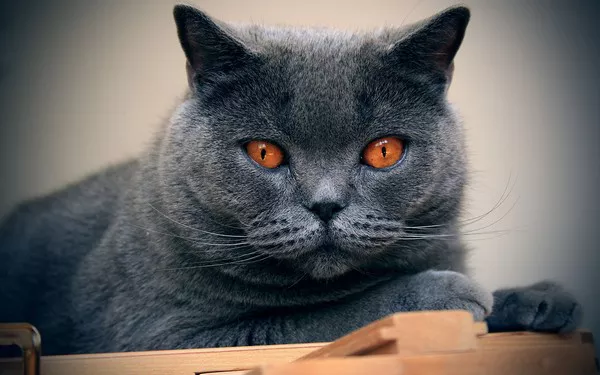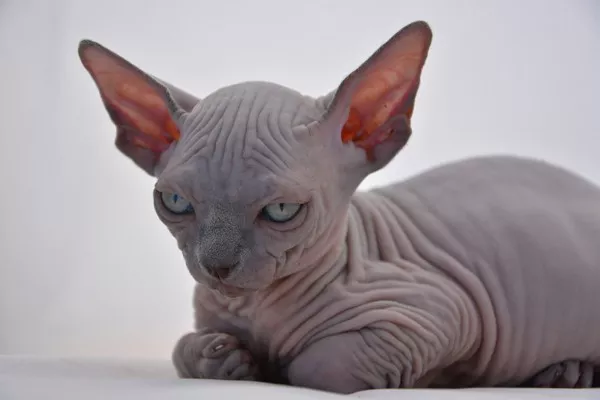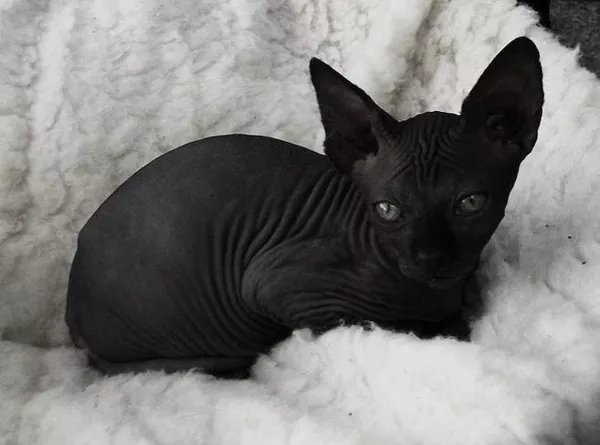Chartreux cats, with their striking blue-gray coats and captivating amber eyes, have gained popularity as affectionate and intelligent companions. However, before bringing a Chartreux cat into your home, it is essential to understand the costs associated with acquiring and caring for this unique breed. In this comprehensive guide, we will explore various factors that contribute to the cost of Chartreux cats and help potential owners make informed decisions.
1. Breed Characteristics and Origins:
The Chartreux cat, known for its robust body, muscular structure, and dense double coat, is believed to have originated in France. With a distinct personality that combines playfulness and gentleness, these feline companions have become highly sought after by pet enthusiasts around the world.
2. Breeder Reputation and Quality:
When considering the cost of a Chartreux cat, it is crucial to assess the reputation and quality of the breeder. Reputable breeders invest significant time, effort, and resources into breeding healthy, well-socialized kittens. They ensure proper vaccinations, genetic testing, and early socialization, resulting in higher upfront costs. Lower-cost options may exist, but they often come with risks such as poor health, temperament issues, or inadequate care during early development.
3. Registration and Pedigree:
Chartreux cats from registered breeders typically come with a pedigree certificate issued by recognized cat breed associations such as The International Cat Association (TICA) or the Cat Fanciers’ Association (CFA). These documents provide proof of lineage, authenticity, and adherence to breed standards. The inclusion of a pedigree can significantly impact the price of a Chartreux cat.
4. Kittens vs. Adult Cats:
The age of the cat also plays a role in determining the cost. Kittens are generally more expensive due to the additional care required during their early stages of development. They require vaccinations, deworming treatments, and proper nutrition. Adult Chartreux cats, on the other hand, might be available at a lower cost, especially if they are retired breeding cats, show cats, or rescues.
5. Demand and Availability:
Chartreux cats are known for their limited availability, which can contribute to higher prices. The breed’s popularity and scarcity factor into the overall cost. Additionally, geographical location can influence the availability and price of Chartreux cats, as shipping costs may be required for those located far from reputable breeders.
6. Additional Expenses:
Beyond the initial purchase price, potential owners must consider ongoing expenses related to owning a Chartreux cat. These include but are not limited to:
Veterinary Care: Routine check-ups, vaccinations, spaying/neutering, and treatment for any health issues.
Food and Supplies: High-quality cat food, litter, toys, scratching posts, grooming tools, and bedding.
Insurance: Pet insurance can help cover unexpected medical expenses.
Boarding or Pet Sitting: Costs associated with care during vacations or travel.
Training and Socialization: Consider investing in training classes or behavior consultations to ensure a well-adjusted and obedient feline companion.
Miscellaneous Costs: Microchipping, licensing, and unforeseen expenses related to accidents or emergencies.
Conclusion:
Owning a Chartreux cat can be a rewarding experience, but it is important to consider the various factors that contribute to their cost. From breeder reputation and quality to registration, age, demand, and ongoing expenses, there are numerous aspects to evaluate when budgeting for a Chartreux cat. By understanding the associated costs and making informed decisions, potential owners can provide a loving and comfortable home for these exceptional feline companions.


























